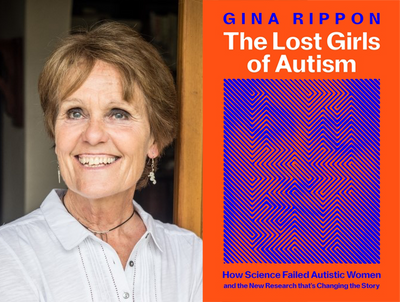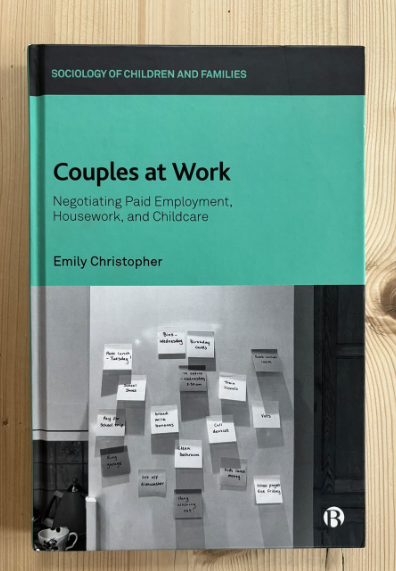- The Staff Wellbeing (SWell) project was carried out in conjunction with Birmingham Children’s Hospital and NHS England
- Paediatric critical care (PCC) staff experience high levels of moral distress, post-traumatic stress disorder and burnout
- Two simple, low-resource wellbeing sessions can be delivered by staff for staff without specialist training.
The Staff Wellbeing (SWell) project, led by Aston University researchers in collaboration with Birmingham Children’s Hospital and NHS England, has developed two simple, easy-to-deliver sessions to improve the wellbeing of staff in paediatric critical care (PCC) units in UK hospitals.
PCC staff are known to experience high levels of moral distress, symptoms of post-traumatic stress disorder (PTSD) and burnout, but often feel little is offered to help them with their mental health. The SWell team at Aston University, led by Professor Rachel Shaw from the Institute of Health and Neurodevelopment, realised following a literature review that there are no existing, evidence-based interventions specifically designed to improve PCC staff wellbeing. Initial work by SWell identified the ‘active ingredients’ likely to create successful intervention designs.
Together with a team from NHS England, the Aston University researchers set up the SWell Collaborative Project: Interventions for Staff Wellbeing in Paediatric Critical Care, in PCC units across England and Scotland. The aim of the project was to determine the feasibility and acceptability of implementing wellbeing interventions for staff working in PCC in UK hospitals. In total, 14 of the 28 UK PCC units were involved. One hundred and four intervention sessions were run, attended by 573 individuals.
Professor Shaw said:
“The significance of healthcare staff wellbeing was brought to the surface during the COVID-19 pandemic, but it’s a problem that has existed far longer than that. As far as we could see researchers had focused on measuring the extent of the problem rather than coming up with possible solutions. The SWell project was initiated to understand the challenges to wellbeing when working in paediatric critical care, to determine what staff in that high-pressure environment need, and what could actually work day-to-day to make a difference. Seeing PCC staff across half the paediatric critical care units in the UK show such enthusiasm and commitment to make the SWell interventions a success has been one of the proudest experiences in my academic career to date.”
The two wellbeing sessions tested are low-resource and low-intensity, and can be delivered by staff for staff without any specialist qualifications.
In the session ‘Wellbeing Images’, a small group of staff is shown images representing wellbeing, with a facilitated discussion using appreciative inquiry - a way of structuring discussions to create positive change in a system or situation by focusing on what works well, rather than what is wrong.
In the ‘Mad-Sad-Glad’ session, another small group reflective session, participants explore what makes them feel mad, sad and glad, and identify positive actions to resolve any issues raised.
The key ingredients in both sessions are social support – providing a psychologically safe space where staff can share their sensitive experiences and emotions without judgement, providing support for each other; self-belief – boosting staff’s self-confidence and ability to identify and express their emotions in response to work; and feedback and monitoring – encouraging staff to monitor what increases their stress, when they experience challenging emotions, and what might help boost their wellbeing in those scenarios.
Feedback from staff both running and participating in the SWell interventions was very positive, with high satisfaction and feasibility ratings. Participants like that the session facilitated open and honest discussions, provided opportunities to connect with colleagues and offered opportunities for generating solutions and support.
One hospital staff member responsible for delivering the sessions said:
“Our staff engaged really well, and it created a buzz around the unit with members of the team asking if they could be ‘swelled' on shift. A really positive experience and we are keeping it as part of our staff wellbeing package.”
The team concluded that even on busy PCC units, it is feasible to deliver SWell sessions. In addition, following the sessions, staff wellbeing and depression scores improved, indicating their likely positive impact on staff. Further evaluations are needed to determine whether positive changes can be sustained over time following the SWell sessions.
The work was funded by Aston University Proof of Concept Fund and NHS England.
Donna Austin, an advanced critical care practitioner at University Hospital Southampton paediatric intensive care unit, said:
“We were relatively new to implementing wellbeing initiatives, but we recognised the need for measures to be put in place for an improvement in staff wellbeing, as staff had described burnout, stress and poor mood. SWell has enabled our unit to become more acutely aware of the needs of the workforce and adapt what we deliver to suit the needs of the staff where possible. Staff morale and retention has been the greatest outcomes from us participating in the SWell study and ongoing SWell related interventions.”
Read the paper about the SWell interventions in the journal Nursing in Critical Care at https://onlinelibrary.wiley.com/doi/10.1111/nicc.13228.
For more information about SWell, visit the website.





